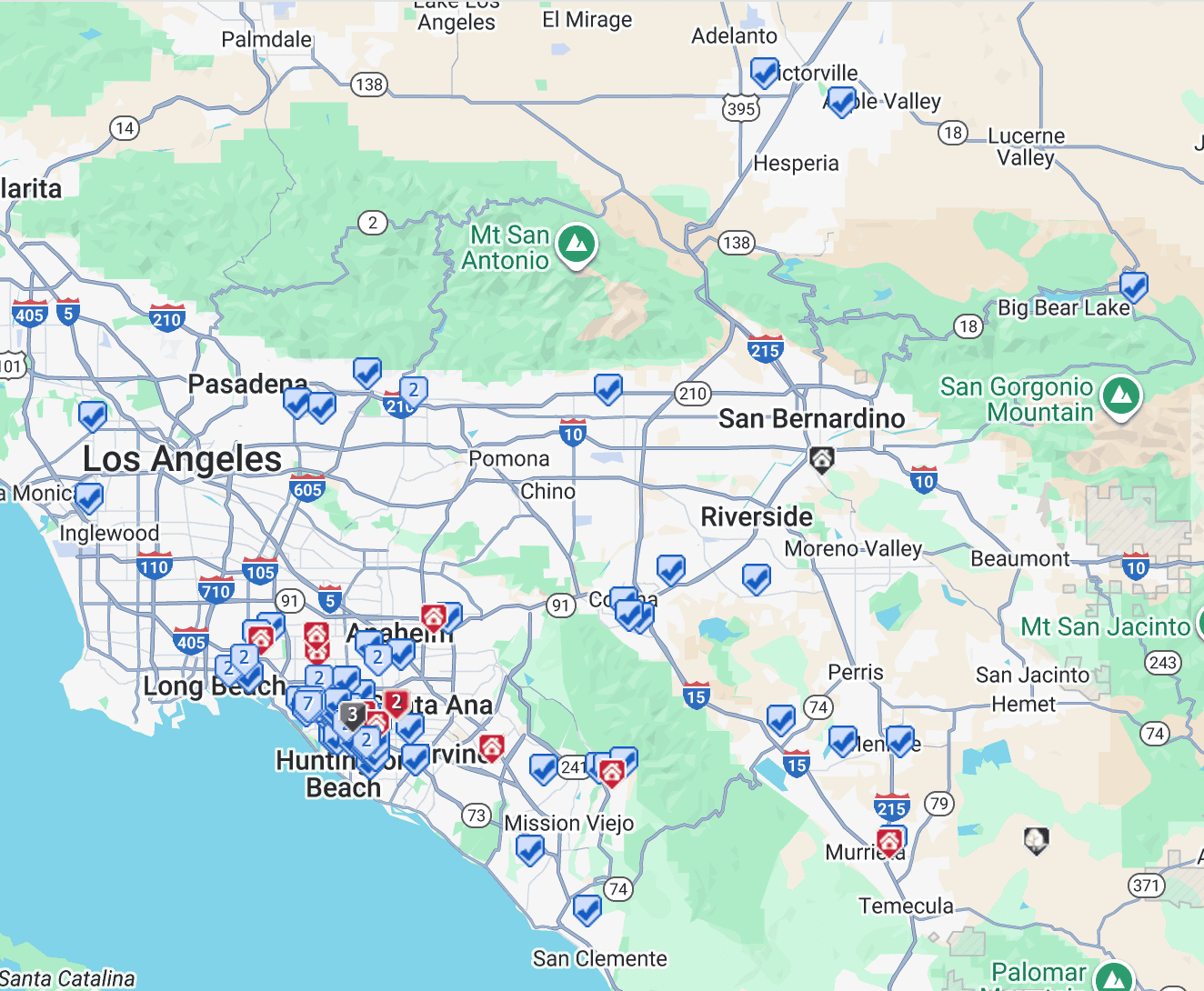
Evicting a tenant in California is a legal process that requires landlords to follow strict rules outlined in state and local laws. As a landlord, navigating an eviction can be challenging and understanding the process is crucial. This blog post breaks down the key steps of the eviction process in California, highlights important considerations, and offers practical insights.
Step 1: Serving the Eviction Notice
The eviction process begins with the landlord serving a written notice to the tenant. The type of notice depends on the reason for eviction:
- 3-Day Notice to Pay Rent or Quit: Used when a tenant fails to pay rent, giving them three days to pay or vacate.
- 3-Day Notice to Cure or Quit: Issued for lease violations, like unauthorized pets or excessive noise, requiring the tenant to correct the issue or leave.
- 3-Day Notice to Quit: For severe violations, such as illegal activity, with no option to fix the issue.
- 30/60/90-Day Notice to Vacate: For terminating a month-to-month tenancy. The notice period depends on how long the tenant has lived there (30 days for less than a year, 60 days for a year or more, or 90 days for certain subsidized tenancies).
The notice must be properly served—either in person, by posting on the property, or via certified mail—and comply with state and local regulations. Mistakes in this step can invalidate the eviction.
Step 2: Tenant’s Response
Once served, the tenant has the notice period to respond. If they pay the rent, fix the violation, or vacate, the eviction may be avoided. If they do nothing, the landlord can escalate the matter to court. Tenants should carefully review the notice and consider consulting legal aid to explore defenses, such as improper notice or uninhabitable living conditions.
Step 3: Filing an Unlawful Detainer Lawsuit
If the tenant doesn’t comply, the landlord files an "unlawful detainer" lawsuit in superior court. This involves submitting documents like the lease agreement, the eviction notice, and proof of service. Filing fees and legal representation may add to the landlord’s costs, but accuracy is critical to avoid delays or dismissal.
Step 4: Court Proceedings
After filing, the tenant is served with a summons and complaint, giving them five days to respond. If the tenant contests the eviction, a hearing is scheduled, typically within 20 days. Both sides present evidence, and tenants may raise defenses like:
- The landlord failed to maintain the property (e.g., mold or broken plumbing).
- The eviction is retaliatory (e.g., in response to a tenant’s complaint).
- The notice was defective or improperly served.
The court’s ruling depends on the strength of the evidence and compliance with legal procedures.
Step 5: Judgment and Writ of Possession
If the landlord wins, the court issues a judgment and a "writ of possession," authorizing the sheriff to remove the tenant. The tenant may have a short window (often five days) to vacate voluntarily. If they don’t leave, the sheriff will enforce the eviction.
Step 6: Sheriff Lockout
In the final stage, the sheriff posts a notice and, if necessary, conducts a lockout. This involves physically removing the tenant and their belongings from the property. The landlord regains control, and the eviction is complete.
Key Considerations for Landlords
- Local Rent Control Laws: Cities like San Francisco, Los Angeles, and Oakland have strict rent control ordinances that require "just cause" for eviction, such as non-payment or lease violations. Always check local rules.
- Tenant Protections: California’s Tenant Protection Act (AB 1482) applies to many properties, requiring just cause for evictions if the tenant has lived there for over 12 months. Exemptions may apply to newer buildings or single-family homes.
- Timing: The process can take one to three months, depending on court schedules, tenant responses, and local regulations.
- Legal Support: Landlords must follow every step precisely to avoid case dismissal.
Practical Tips
- Document everything, from lease agreements to communications with the tenant.
- Ensure notices are clear, legally compliant, and properly served.
- Consider mediation to resolve disputes before escalating to court.
Final Thoughts
The eviction process in California is complex, with strict legal requirements that protect both landlords and tenants. By understanding the steps—notice, court proceedings, and enforcement—you can navigate the process more effectively. If you need to evict a tenant, consult an attorney or visit California Courts for detailed guidance.
If you need any help or guidance do not hesitate to reach out. Simply send us a message or book an appointment.








